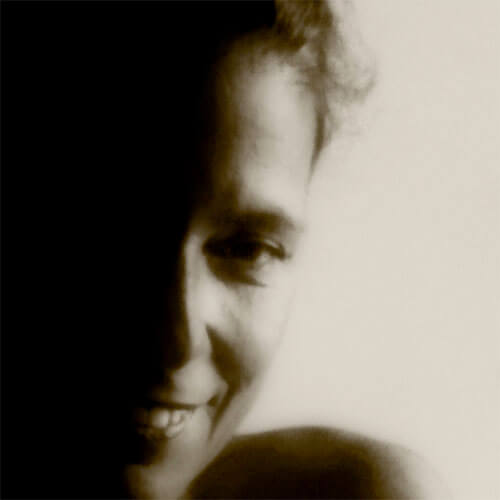Beatrix Jourdan (Bea Mészöly) was born in Budapest, attended The Hungarian University of Fine Arts, and is both a freelance graphic designer and photographer. Photography has been exhibited in solo and group shows in Luxembourg, Belgium/Brussels, London, Hungary, Italy, Kuala Lumpur, Senegal/Dakar Argentina and the USA. She is currently based in Dakar, Senegal.
"Being a professional graphic designer I worked with photos shot by others, making art catalogues and book covers, designing magazines and advertising. Sometimes when I had not enough photos for creative process, I started to shoot for my work and found myself deeply involved in the process.
Fine art photography inherits means of expression like the use of light, composition, shape, line, rhythm, colour, etc. from painting and drawing. But what is most important for me it suggests principle of duality, originality through lack of originality, reflection, illusion, intricacy, which confuses people who want to see in the photo a phenomenon of objectivity, simplicity and straightness – all these I try to keep in my mind and share in my works.
I believe that the concept of photography is not only a faithful reproduction of reality, but also a way of showing emotions, human relations, and that it is also a form of communication between a photograph and the viewer. Thus, the camera is only a tool for the technical execution of the art form, and a catalyst for developing and displaying feelings."
Interview with Beatrix Jourdan
All About Photo: When did you realize you wanted to be a photographer?
Beatrix Jourdan: I started working as a graphic designer, and choosing the right photo to work on was not so simple: sometimes I felt upset as it was very difficult to create a "communication-bridge" between the message and the composition that was in my hands. Then I started to take photos on my own: I perfectly knew what was in my mind, and the only thing I could do was taking photos, in order to translate my thoughts into reality.
AAP: Where did you study photography?
BJ: I was the "teacher of myself", as I began to spend a lot of time in the dark room, where - making a lot of mistakes, obviously! - at the end I understood how to manipulate and develop photos.
AAP: Do you have a mentor or role model?
BJ: No, I don't. I can admire other photographers' work, but I never wanted to have a mentor.
AAP: How long have you been a photographer?
BJ: 2005 can be considered the turning point of my professional life, as I abandoned my work as a graphic designer in order to become a photographer.
AAP: Do you remember your first shot? What was it?
BJ: Uh... what a difficult question! I can't say for sure but my dog could probably be my first subject.
AAP: What or who inspires you?
BJ: Everything around... The world that surrounds me everlastingly inspires me in my shots. Bodies, houses, situations... there are so many things that can be shot that sometimes I run the risk to lose myself in my own passion...
AAP: How could you describe your style?
BJ: Honestly, I really do not know. The "subjects" always influence my style... I love to help the observer, guiding his attention on a particular aspect, the same that caught my attention.
AAP: Do you spend a lot of time editing your images? For what purpose?
BJ: Yes. I always edit my photos. The photos are the way I like the most to begin to "paint", in order to translate into reality what I feel and "need" to show.
AAP: What advice would you give a young photographer?
BJ: Never try to copy any style from other photographers: just look deep inside and find yourself in the reality you shoot.
AAP: Your best memory as a photographer?
BJ: Every shot is deeply connected to a person or to a situation... The time I spend with someone always becomes my best memory.
AAP: The compliment that touched you most?
BJ: Every compliment touches me!!
AAP: If you were someone else who would it be?
BJ: ...even if I deeply love a photo which is not mine, I never say "I would have shot it". That's because a photo is part of the photographer that takes it. A photo is not only a "clic", it is a powerful mix of technique, feelings, emotions, background and thoughts. I cannot have the same "mix" as another photographer, so when I look at a photo I love, I prefer to feel the love the photographer has put into it.
AAP: Anything else you would like to share?
BJ: Not very original but: Shoot when you need to shoot, as time never goes back.
